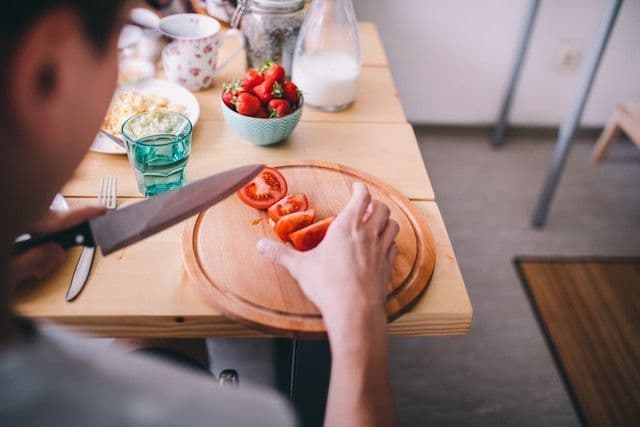Eat Yourself Beautiful with Three Key Food Groups
Food and Nutrition
Obie Editorial Team

Orange and Red Fruits and Vegetables
The vibrancy of orange and red fruits and vegetables indicates the presence of lycopene, a powerful antioxidant that takes center stage in supporting your skin’s wellbeing. Lycopene has been associated with promoting radiant skin and protecting against sun-induced aging and sunburn. Unlike other carotenoids, lycopene does not convert to vitamin A but independently harnesses its antioxidant prowess to fight against harmful free radicals like singlet oxygen.
In practice, the benefits of lycopene were demonstrated in a study where participants consuming a rich tomato paste gained 33% more protection against sunburn. Imagine adding some extra lycopene by incorporating more tomato-based dishes into your meals—it’s a simple and delicious step toward better skin!
Moreover, tomatoes are rich in vitamin C, essential for collagen production—a crucial protein for your baby's developing skin, cartilage, tendons, and bones. Vitamin C also boosts iron absorption, another key mineral during pregnancy. So, let’s power up those tomato sauces and salads to boost your and your baby’s nutrition!
Blackberries, Raspberries, Cranberries, Strawberries, and Pomegranates
An exciting component in these berries is ellagic acid, a polyphenol antioxidant that takes a stand against UV exposure. Research shows that ellagic acid reinforces collagen and curtails damage that can lead to wrinkles. Though the study focused on topical applications, the researchers affirm that incorporating these berries into your diet offers promising benefits toward minimizing photoaging and inflammation from UV exposure.
Beyond enhancing skin appearance, these fruits are fantastic sources of manganese, vital for your baby’s bone and cartilage development, and for the formation of vital body compounds. Dive into a bowl of berries or a refreshing pomegranate juice to accompany your daily sunscreen routine, and let your skin reflect resilience and health.
Fish, Nuts, Avocados, Flax, Canola, and Olive Oils (Flax and Borage Oils)
Omega-rich healthy fats are your allies in skin health and fetal development. According to the British Journal of Nutrition, omega-3-rich alpha-linolenic acid (ALA) in flaxseeds and omega-6-rich gamma-linolenic acid (GLA) in borage oil can smoothen skin texture and diminish redness. In controlled studies, these incredible oils reduced skin roughness and improved resilience, proving that small dietary adjustments can have a big impact.
During pregnancy, aim to reach 650mg of omega-3 fatty acids daily, with 300mg of DHA to support fetal neural development and overall pregnancy health. Enjoy the benefits through a balanced diet including fish, nuts, avocados, and healthy oils; consider a supplement if fish isn't part of your routine, ensuring it provides 400-550mg of omega-3s, prioritizing DHA for maximum benefit.
Utilize these insights to harmonize your diet with your pregnancy journey for stronger health and a glow that tells a story of nourishment and vitality. Here's to empowering your body with the care it needs!
Sources:







